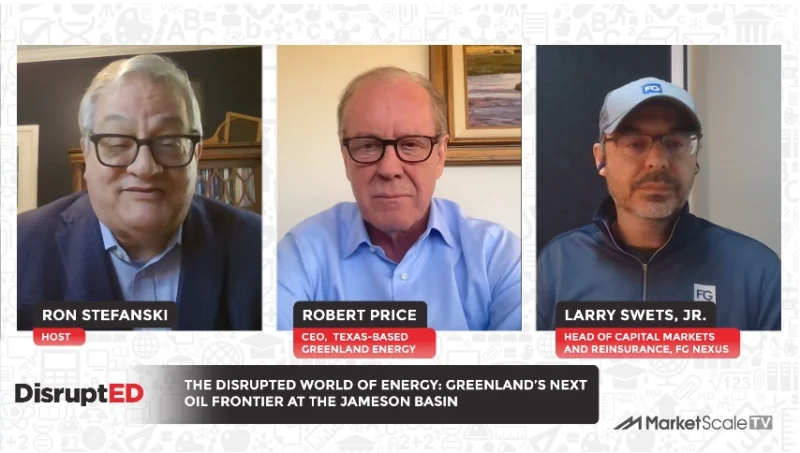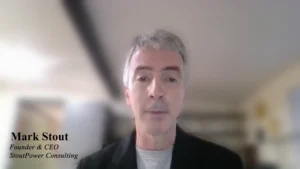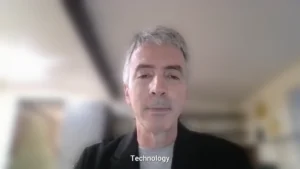Shale Oil’s Boom Faces Two Bottlenecks
The continually improving ability to extract oil cheaply from oil shale has made the United States a major oil producer—and has produced a major problem.
The problem is that, although shale oil production is increasing, with an expected additional 4 million bpd over the next five years—refining capacity, which can only absorb an additional 900,00 to 1 million bpd, is not. Worse, most of the refinery capacity in the U.S. is for heavy crude, while shale oil is classified as light, extra light crude, and condensate. But with demand for gas expected to decrease while oil shale production is predicted to peak in the mid-2020s, there likely isn’t enough of an incentive to increase capacity.
If American refineries cannot do the job, and there aren’t enough economic incentives for anyone to spend the tens of billions of dollars necessary to build the needed refineries, the oil will have to be shipped to Europe—and, after 2022, to Asia. As China and India continue to experience high economic growth, the demand for oil will continue to rise in Asia, even as usage per auto decreases with ever-improving hybrid and electric autos.
Another bottleneck that shale oil faces is in terminal capacity to ship oil out of the U.S. While most of the oil from the Permian shale patch—which produces about 50 percent of all the shale oil in the U.S.—will be shipped out of Corpus Christi, the Corpus port is currently unable to handle Very Large Crude Carriers. At the present time, only the Louisiana Offshore Oil Port, located eighteen miles off the coast of Louisiana, is capable of handling VLCCs.
As shale oil production levels continue to grow, one of these two challenges will have to be overcome. It seems most likely that the solution will be increased shipping capacity to places where rising demand makes refining that oil worth the investment.









